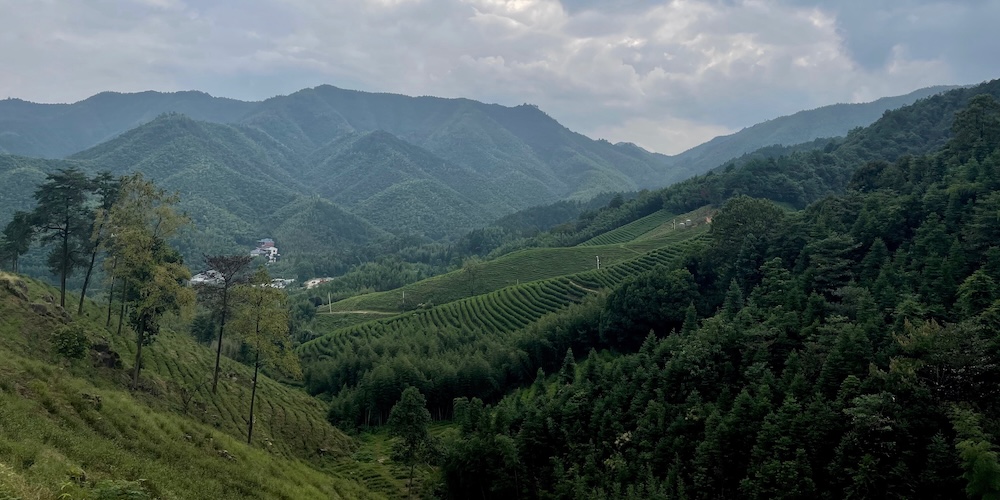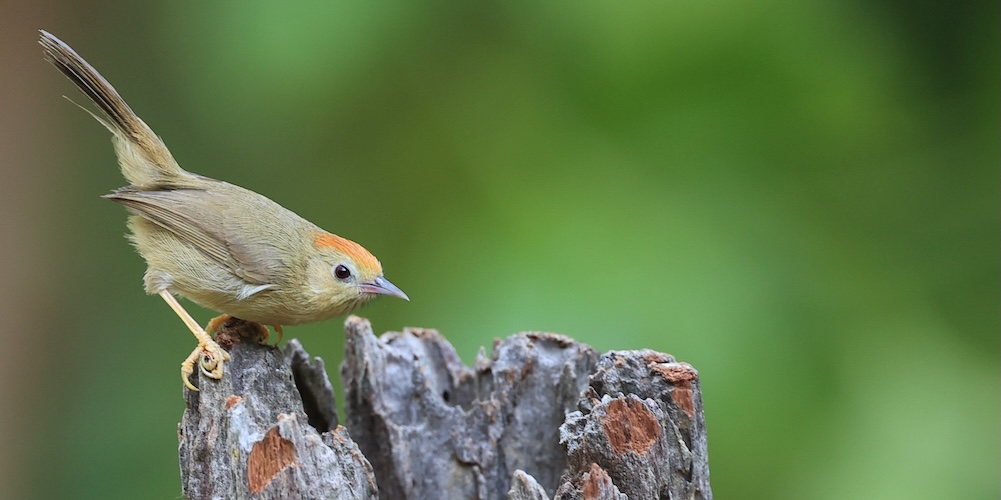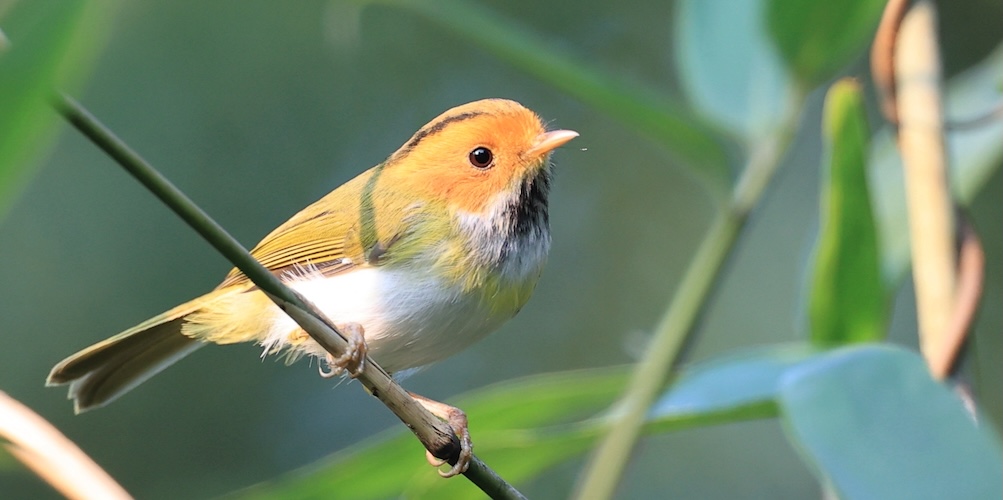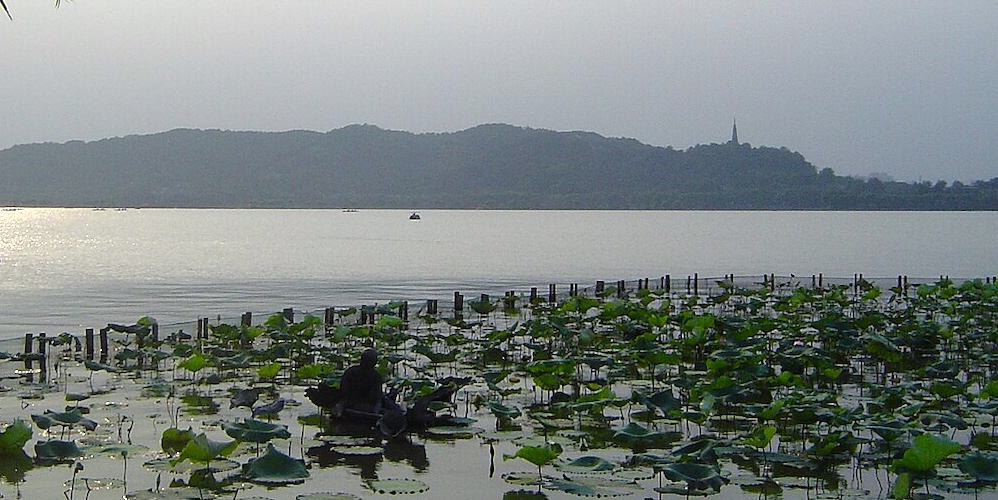Zhejiang Province

Zhejiang is a coastal province in East China. Its capital and largest city is Hangzhou with ten million inhabitants, and other notable cities include Ningbo and Wenzhou. Zhejiang is bordered by Jiangsu and Shanghai to the north, Anhui to the northwest, Jiangxi to the west and Fujian to the south. To the east is the East China Sea, beyond which lies the Ryukyu Islands. The population of Zhejiang stands at c. 65 million, the 8th largest in China. Its area covers 101,800 km2 (39,300 square miles). It has been called ‘the backbone of China’ because it is a major driving force in the Chinese economy and being the birthplace of several notable people, including the Chinese Nationalist leader Chiang Kai-shek and entrepreneur Jack Ma. Zhejiang consists of 90 counties (incl. county-level cities and districts).
Zhejiang consists mostly of hills, which account for about 70% of its total area, with higher altitudes towards the south and the west. Zhejiang also has a longer coastline than any other mainland province of China. The Qiantang River runs through the province, from which it derives its name. Included in the province are three thousand islands, the most in China. The capital Hangzhou marks the end of the Grand Canal and lies on Hangzhou Bay on the north of Zhejiang, which separates Shanghai and Ningbo. The bay contains many small islands collectively called the Zhoushan Islands.

Rural Zhejiang – ©Bird-Photo-Tours ASIA
Valleys and plains are found along the coastline and rivers. The north of the province lies just south of the Yangtze Delta and consists of plains around the cities of Hangzhou, Jiaxing and Huzhou, where the Grand Canal of China enters from the northern border to end at Hangzhou. Another relatively flat area is found along the Qu River around the cities of Quzhou and Jinhua. Major rivers include the Qiangtang and Ou Rivers. Most rivers carve out valleys in the highlands, with plenty of rapids and other features associated with such topography. Well-known lakes include the West Lake of Hangzhou and the South Lake of Jiaxing.
There are over three thousand islands along the rugged coastline of Zhejiang. The largest, Zhoushan Island, is mainland China’s third largest island, after Hainan and Chongming. There are also many bays, of which Hangzhou Bay is the largest. Zhejiang has a humid subtropical climate with four distinct seasons. Spring starts in March and is rainy with changeable weather. Summer, from June to September is long, hot, rainy and humid. Fall is generally dry, warm and sunny. Winters are short but cold except in the far south. Average annual temperature is around 15 to 19 °C, average January temperature is around 2 to 8 °C and average July temperature is around 27 to 30 °C. Annual precipitation is about 39 to 75 inches. There is plenty of rainfall in early summer and by late summer Zhejiang is directly threatened by typhoons forming in the Pacific.

Rufous-capped Babbler Cyanoderma ruficeps – ©Bird-Photo-Tours ASIA
Zhejiang is one of the richest and most developed provinces in China. Its main manufacturing sectors are electromechanical industries, textiles, chemical industries, food and construction materials. Zhejiang has been leading the digital economy development in China, in recent years, the provincial economy has been boosted by the economic surge brought by internet corporations such as Alibaba and NetEase. Traditionally, the province is known as the ‘Land of Fish and Rice’. True to its name, rice is the main crop, followed by wheat; north Zhejiang is also a centre of aquaculture in China, and the Zhoushan fishery is the largest fishery in the country. The main cash crops include jute and cotton and the province also leads the provinces of China in tea production. (The renowned Longjing tea is a product of Hangzhou.) Zhejiang’s towns have been known for handicraft production of goods such as silk, for which it is ranked second among the provinces. Its many market towns connect the cities with the countryside.
Birding Zhejiang
More than 400 bird species have been recorded in the province including two rare, endemic species; Cabot’s Tragopan and Elliot’s Pheasant.
There are a good many reserves and birding hotspots. For example, Wuyanling Nature Reserve, located in Taishun County, is the home to over 200 bird species. Some of the most sought-after include Cabot’s Tragopan, Koklass Pheasant, Chinese Bamboo Partridge, Silver Pheasant, Black Bulbul, Black Eagle, Black Baza, Chinese Sparrowhawk, Grey-chinned Minivet, Yellow-cheeked Tit, Mountain Bulbul, Chestnut Bulbul, Rufous-faced Warbler, Streak-breasted Scimitar Babbler, Grey-headed Parrotbill, Chestnut-bellied Rock Thrush, Narcissus Flycatcher and Fire-breasted Flowerpecker, etc.

Rufous-faced Warbler Abroscopus albogularis – ©Bird-Photo-Tours ASIA
Situated in Linan, Qingliangfeng Nature Reserve covers 10,800 hectares of protected forest ecosystem in its complex terrain. The reserve is abundant in animal life, including 70 mammal species and 215 kinds of birds such as Elliot’s Pheasant, Crested Serpent-Eagle, Mountain Hawk-Eagle, and Scaly-sided Merganser. Other special birds include Chinese Bamboo Partridge, Silver Pheasant, Koklass Pheasant, Chestnut-winged Cuckoo, Great Barbet, Grey-capped Woodpecker, Grey Treepie, Yellow-bellied Tit, Chestnut Bulbul, Mountain Bulbul, Chestnut-crowned Warbler, Grey-headed Parrotbill, Grey-sided Scimitar-Babbler, Greater Necklaced Laughingthrush, Spotted Elachura, Brown-chested Jungle Flycatcher, White-crowned Forktail and Slaty Bunting, to name but a few.

Xixi Wetlands – ©Yoshi Canopus CC BY-SA 3.0 via Wikimedia Commons
Cixi Hangzhou Bay Wetlands covers an area of 43.5 km2, and is one of the eight largest saline-alkaline wetlands in China. Of the more than 200 bird species that have been recorded migratory birds make up the majority. Wildfowl and waders abound including Broad-billed Sandpiper, Sharp-tailed Sandpiper, Red-necked Stint, Dunlin, Terek Sandpiper and Nordmann’s Greenshank. It is also good for gulls, terns and herons including Black-faced Spoonbill. Passerines are well represented to with Chinese Penduline Tit, Thick-billed Warbler, Oriental Reed Warbler, Manchurian Bush Warbler, Reed Parrotbill, Vinous-throated Parrotbill, Black-faced Bunting and even Siberian Rubythroat.

West Lake – ©Nat Krause, Public domain via Wikimedia Commons
Other notable locations are Tianmushan, Xiao Yangshan Island, West Lake and nearby Hangzhou Xixi Wetlands. City parks can be good to, most notably, Hanzhou Botanical Garden, which is located on a hill to the northwest of West Lake housing more than 3000 plant species. The lush vegetation here makes it the best birding place in Hangzhou for various forest birds such as Red-billed Blue Magpie, four Bulbul species, Crested Goshawk, Asian Barred Owlet, Great Barbet, Dollarbird, Speckled Piculet, Grey-chinned Minivet, Brown-rumped Minivet, Grey Treepie, Yellow-bellied Tit, Collared Finchbill, Grey-headed Parrotbill, Vinous-throated Parrotbill, Rufous-capped Babbler, Huet’s Fulvetta, Red-billed Leiothrix, Grey-backed Thrush, Pale Thrush, Yellow-rumped Flycatcher, Orange-bellied Leafbird, Eurasian Siskin, Yellow-throated Bunting, Tristram’s Bunting and more.
-
Wikipedia
GNU Free Documentation License
https://en.wikipedia.org/wiki/Zhejiang
-
Number of bird species: 645
(As at May 2025)
- There are no true endemics, but three species breed nowhere else. They are:
Chinese Leaf Warbler Abrornis yunnanensis
Alström's Leaf Warbler Alström's Leaf Warbler
Chinese Thrush Otocichla mupinensis
-
Avibase
PDF ChecklistThis checklist includes all bird species found in Zhejiang , based on the best information available at this time. It is based on a wide variety of sources that I collated over many years. I am pleased to offer these checklists as a service to birdwatchers. If you find any error, please do not hesitate to report them. -
E-Bird
PDF ChecklistThis checklist is generated with data from eBird (ebird.org), a global database of bird sightings from birders like you. If you enjoy this checklist, please consider contributing your sightings to eBird. It is 100% free to take part, and your observations will help support birders, researchers, and conservationists worldwide.
-
Birds of China
| By Liu Yang & Chen Shuihua | Princeton University Press | 2023 | Flexibound | 672 pages, plates with 4000 colour illustrations, colour distribution maps | ISBN: 9780691237527 Buy this book from NHBS.com -
Guide to the Birds of China
| By John MacKinnon | OUP | 2022 | Edition 2 | Paperback | 513 pages, 164 plates with colour illustrations; colour distribution maps | ISBN: 9780192893673 Buy this book from NHBS.com
-
Zhejiang Wild Bird Society
InformationThe Zhejiang Wild Bird Society (ZJWBS) was founded in 2002 in Hangzhou. It is a membership-based non-governmental organization affiliated to Zhejiang Wildlife Conservation Association. It currently has 280 members
-
NNR & IBA Wuyanling
InformationSatellite ViewBirdLife International considers Wuyanling Reserve as an Important Bird Area (IBA). Birds of particular conservation value in the reserve include Cabot's tragopan, much studied in the reserve, and Elliot's pheasant. -
NNR Fengyangshan–Baishanzu National Nature Reserve
InformationSatellite ViewClassification as a national-level reserve signifies the high conservation value of this mountainous nature reserve. Wildlife of the reserve include Elliot's pheasant, leopard, clouded leopard, Sumatran serow, and rhesus macaque. -
NNR Jiulong Shan
InformationSatellite ViewLocated in the south-western part of Suichang County. The IBA is part of Xianxialing in the Wuyi Shan mountains. The highest point is at 1,724 m, which is the fourth highest mountain in Zhejiang. -
NNR Nanji Islands
InformationSatellite ViewThe Reserve is especially rich in sea life… -
NNR Tianmu Mountain
InformationSatellite ViewThe Reserve has a total of 2,139 animal species, among which there are 74 species of beasts, 148 species of birds, 44 species of reptiles and 20 species of amphibians as well as 1,853 species of insects kept on the record…
-
eBird
SightingsObservations for last 7 days
-
Alpine Birding
Tour OperatorBirding trips here are made for avid birders including yearly-run trips and new China birding trips developed by AlpineBirding team and guided by our bird experts... -
Bird Photo Tours ASIA
Tour OperatorWith 17 of the world’s 22 parrotbill species present in China, The Middle Kingdom is the place to visit for those Bird Photographers interested in this avian group. -
Bird Tours China
Tour OperatorCoastal areas such as the Yangtze River Delta and Zhejiang Province host important stops for migratory birds, offering opportunities to see a variety of shorebirds and waterfowls... -
China Bird Tour
Tour Operator16 Days southeast China winter birding tour -
China Birding Tours
Tour OperatorBird Tours Throughout China -
Shanghai Birding
Tour OperatorTianmu Mountains, Zhejiang, Home of Short-tailed Parrotbill:... -
Summer Wong China Bird Tours
Tour OperatorPossible birds in Dongzhai area: Reeves’s Pheasant, Crested Ibis, Brown Crake, Crested Kingfisher, Grey-capped Pygmy Woodpecker, Great Spotted Woodpecker, Grey Treepie, Oriental Magpie, Collared Crow, Coal and JapaneseTit, Collared Finchbill, Brown-breasted, Light-vented, Mountain and Chestnut Bulbul, Rufous-faced Warbler, Silver-throated and Black-throated Bushtits, Streak-breasted Scimitar Babbler, Chinese Hwamei, Masked Laughingthrush, Vinous-throated Parrotbill, Swinhoe’s White-eye, Red-flanked Bluetail, White-crowned Forktail, White-rumped Munia, Eurasian Siskin, Little, Meadow, Yellow-browed, Rustic, Yellow-throated and Black-faced Bunting.
-
2021 [06 June] - Craig Brelsford
ReportThe Tianmu Mountains, or Tianmushan, are a must-see site for Shanghai birders. The thickly forested slopes are the place closest to Shanghai where large numbers of south China species can be seen. The star birds of Tianmu are Elliot’s Pheasant, Short-tailed Parrotbill, and Buffy Laughingthrush. Birders also find Moustached Laughingthrush, Hartert’s Leaf Warbler, Spotted Elachura, and Slaty Bunting. Among the rare mammals of the Tianmu Mountains are Hairy-fronted Muntjac and Clouded Leopard. -
2023 [12 December] - Anders Bacher Nielsen
PDF Report...u. Morning birding along the canals in Wenzhou, just by the hotel got me Daurian Redstart, Common Kingfisher and Yellow-browed Warbler. I took the train to Sanming and was picked up by Steven and we drove straight to a temple on the top of mountain (De Huaipo Jiutianshan). On the drive up I saw my first Silver Pheasant (a group of 5) and a group of Blackchinned Yuhinas...
-
Alpine Birding
InformationBirding info of Zhejiang, China -
Bird-watching in green campus
ArticleHow many species of birds choose Zijingang campus as their summer or winter resorts? The answer is probably exclusive to ZJU’s bird-watching fanciers. Birding or bird photography has become a trendy hobby in recent years. PENG Chen, a graduate student in the Zhejiang University College of Animal Sciences, is one of the birding fanciers who come to birdwatching almost every day. Let’s zoom in on fabulous birds under PENG’s lens.



